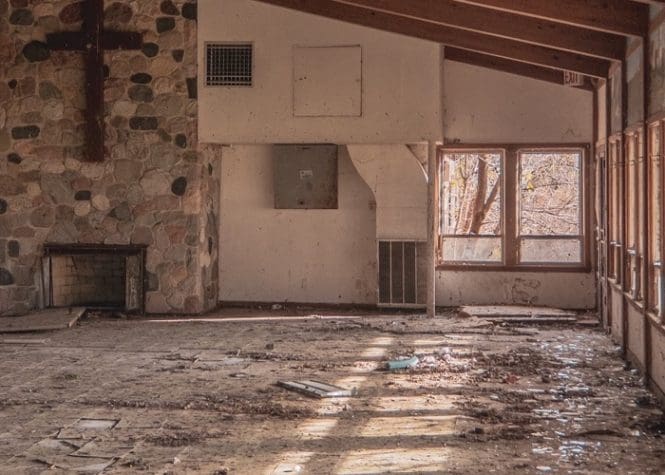There is little doubt that the Episcopal Church as we know it is dying and will be gone within 20 years. But how do today’s numbers compare to historical data?
The answers may surprise you.
For starters, the American colonies were hardly a bastion of Christian faith. Experts agree that no more than 10-20 percent of colonists were members of a church. This conclusion is supported by the authors of The Churching of America, 1776-1990, who find a national adherence rate of 17 percent in 1777, with a total of 242,100 members of all denominations across the colonies.
Issues involving the Oath of Conformity, disestablishment, and politics proved difficult for Anglicans in the United States following the revolution. As a result, by 1790 only about 10,000 Anglicans remained in the former colonies, out of a national population of 4,000,000. Thus, Anglicans constituted about 2.5 percent of the population.
Early Anglicans focused on growing the church, both at home and abroad.
As a result, by 1866 there were 160,000 communicants in the Episcopal Church.
During the next 34 years, membership climbed, reaching 720,000 in 1900.
Membership continued to climb, reaching a height of over 3.4 million members in the 1960s.
In 1967, efforts by the church to promote racial equality led to modest decline, which continued at an average annual rate of decline of about 2 percent. These numbers steadied in the 1990’s, and membership briefly increased in 2011, before the rate of decline accelerated over the last 10 years.
The pandemic accelerated decline, with Sunday attendance dropping by a third between 2009 and 2019. In 202o, Sunday attendance was 483,000.
Today, that number has declined further and may be below 300,000.
Using 2021 data, there are about 1.5 million Episcopalians, making the denomination the 15th largest in the US. As such, Episcopalians then accounted for .45% of the US population.
Another key indicator is the number of weddings in the church. That number has dropped sharply in the last few years, and is expected to hit zero in the near future.
So, while the denomination remains larger in total membership than it was in the profoundly difficult years following the American Revolution, when measured as a percentage of the population, the Episcopal Church today is one-fifth the size it was at that time.
In other words, the Episcopal Church is in dire trouble. Anglican Watch continues to urge church members to take the matter seriously, and ask themselves the question, “What am I doing to grow the church?”
Unfortunately, for many, the answer is “Nothing.”


Honestly as an atheist I have to appreciate just how quickly the church is self destructing. Seal team six couldn’t impload this thing any faster. It does take a bit of the wind out of the sails of a younger anti theist but now I just sit back and watch grab some popcorn. The 81st convention headline might as well be: Rich white Boomers gather to celebrate “abundance” and discuss their country club rules.
I believe the Episcopal Church could well increase its numbers if the Church focused more on welcoming its LGBT brothers and sisters. While the church has changed profoundly in words to welcome these folks. Overall, especially in the south, the welcoming parishes are not there. Bishop Bauerschmidt of the TN Diocese will welcome the members but refuses to embrace the fully progressive model of the full Episcopal Church. Even some of the local parishes refuse to embrace their LGBT members and only allow them to serve as the “token gay”
We wholeheartedly agree.
Even in those parishes that are ostensibly inclusive, there’s a fair amount of stereotyping: Gay men, for example, are welcome as long as they are masculine, professionally dressed, etc. Indeed, in one parish we know, facially inclusive, there is a gender-fluid married man who sometimes wears a suit and tie; other times a wig, dress, heels, etc. The response the first time they (preferred pronoun) wore a dress was mixed, at best.
My reaction was: Who cares? I’m just glad they feel free to be themselves.
~Editor